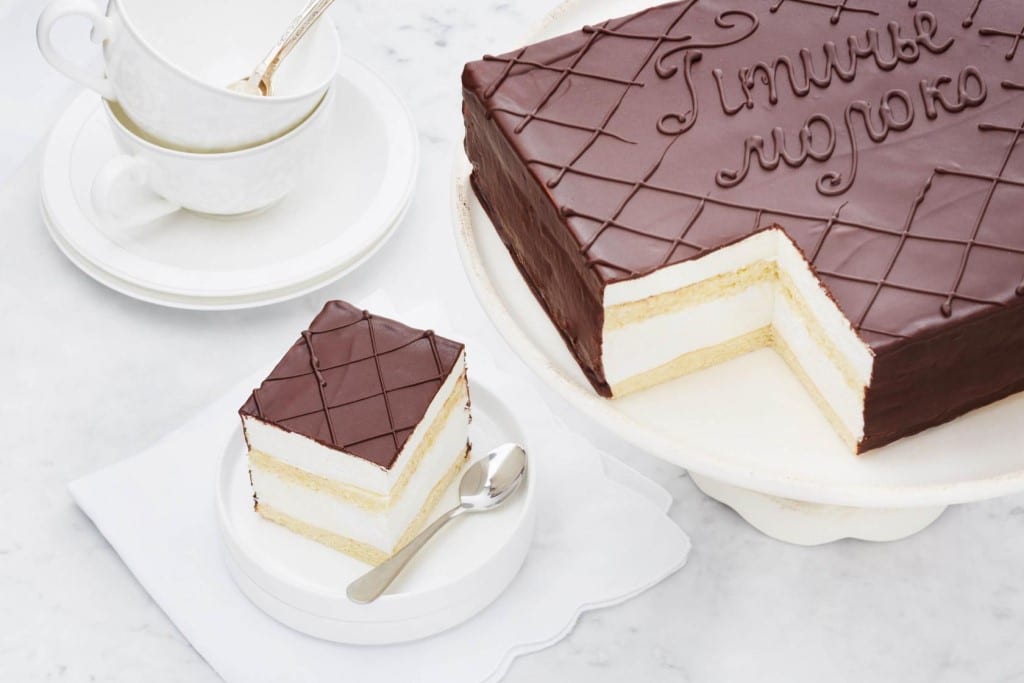Like the soft, meringue-filled candy on which it was based, bird’s milk cake (торт «Птичье молоко») consists mostly of filling. Thick but exceptionally airy layers of soufflé are separated by thin, fluffy slabs of cake, and the whole confection is covered in chocolate glaze. The cake’s fantastical name, connoting rare and wonderful luxury, is fitting. Bird’s Milk Cake developed under the USSR, attained popularity of mythical proportions among Soviet consumers despite being relatively hard to purchase.
Why It’s Called Bird’s Milk Cake
(Почему он носит такое название?)
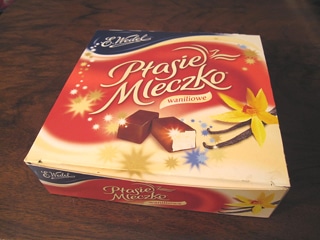
Although bird’s milk cake is considered a Russian invention, its story begins in 1936 in Poland. There, Jan Wedel, owner of the E. Wedel confectionery company, developed a new kind of candy. It consisted of small, rectangular blocks of milk-based, airy meringue covered in a chocolate glaze. Wedel dubbed his invention “Ptasie Mleczko,” which means “Bird’s Milk” in Polish. The term had been used in Slavic languages before to refer to something precious and rare. It has been attributed to a princess in Slavic fairy tales who, testing her suitors, sends them to find the one thing she lacks, and which ought to be impossible to obtain: bird’s milk. In fact, the concept can be traced back to the writings of ancient Greeks and Romans, in which bird’s milk also appears as a delicacy.
A secondary, more practical reasoning for the name may be seen in the ingredients of the candy. Most meringues consist primarily of egg whites and sugar. Wedel’s innovation was to create a meringue that utilized generous amounts of milk – thus adding milk to a dish that was usually dominated by products contributed from birds.
Wedel’s innovation may have made the stuff of fairy tales real for the people of Poland, but Russians acquired – and transformed – the rare treat only through a long and arduous process befitting a mythical suitor. The USSR’s Minister of the Food Industry traveled to Czechoslovakia in 1967, where he encountered a version of the candy and, upon returning to Moscow, gathered representatives from factories throughout the country at the “Рот Фронт” (which was the name of a German communist party and translates to “Red Front” from German) confectionery factory in Moscow. These representatives were given samples of the candy – but no recipe – and instructed to recreate it. At “Приморский Кондитер” (Seaside Confectionery) in Vladivostok, confectionery technologist Anna Chulkova, who was later awarded the Order of Lenin for her work, developed a complicated but highly successful recipe, using the gelling agent “агар-агар” (agar-agar). The candy appeared next at Red Front in 1968, but began to be mass-produced only in 1975 by the “Красный Октябрь” (Red October) confectionery factory in Moscow. Shortly thereafter, Vladimir Guralnik, the head of the bakery at Moscow’s prestigious Praga Restaurant, tasted the newly popular candy and decided that it could be transformed into a cake. The idea for bird’s milk cake was born.
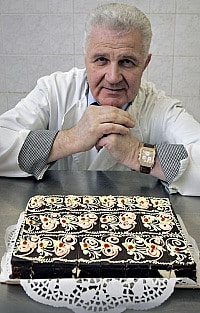
Guralnik and his team of bakers spent six months developing the cake’s recipe. Due to its complexity and the cake’s short shelf life, they rolled the new dessert out in small batches at first, of about 30 cakes a day. But as the cake rapidly gained in popularity, production increased – first to 60, and eventually to 600 cakes a day. Guralnik had successfully wooed his compatriots, and bird’s milk cake entered Soviet history.
How and When to Eat Bird’s Milk Cake
(Как правильно есть торт «Птичье молоко»?)
Eating bird’s milk cake in the 1980s, at the peak of its popularity, required more than a fork. Muscovites waited in line for hours outside of the Praga Restaurant to buy the coveted cake, adding their names to a list and receiving a number indicating a position in line. It was not unusual for spots in the line to be sold on the street: Guralnik himself reported once that he was offered a numbered slip of paper on his way to work for three rubles (the cake cost around six rubles and 30 kopeks at the time). The cake truly lived up to its name, not only in its rare taste but in its scarcity.
Bird’s milk cake was, and remains, a favorite dessert for special occasions. However, it is now produced by multiple companies and is available in restaurants and grocery stores throughout Russia, and has been recreated in innumerable Russian kitchens. Thus, it is now a product for everyday consumption as well. Many grocery stores offer full-size versions meant to be sliced and shared in more formal settings and also small, individual portions that are each individually glazed and served with a paper wrapper so that one does not even need a plate or fork to enjoy the delightfully simple cake that comes from the incredibly complex recipe.
Although it has entered Russian pop culture, the real bird’s milk cake, many would argue, can be found in only one place: Moscow’s Praga Restaurant, where Guralnik continues to bake his famous cake according to the original recipe. The restaurant now produces about 200 cakes each day.
How to Prepare Bird’s Milk Cake
(Как правильно готовить торт «Птичье молоко»?)
Bird’s milk cake consists of three essential parts: layers of white cake, a soufflé filling, and a chocolate glaze. It resembles its candy precursor in the unusually high ratio of filling to cake. The recipe Guralnik and his team perfected over the course of six months made use of the same agar-agar that Anna Chulkova had used in her candy recipe. Made from seaweed, agar-agar is a gelling agent that is generally sold in powdered form. Агар-агар can withstand higher temperatures than “желатин” (gelatin), a more common, and less expensive, gelling agent. This property allowed Guralnik to boil syrup for the soufflé filling to 117° C (about 243° F). This temperature, he found, lent an ideal weight to the filling. After adding additional ingredients, the mixture was cooled to 80° C (176° F). The cake and filling were stacked, alternately, and glazed with chocolate. Guralnik had a secret for the chocolate as well: he kept it at 38° C (about 100° F), and used a machine that mixed it constantly to make sure it stayed smooth and even.
Guralnik received “авторское свидетельство” (an author’s certificate) for his recipe, a certificate issued in the Soviet Union to acknowledge authorship of an invention without affording its creator exclusive rights. Other manufacturers had to follow the original recipe, however: it was made the official “ГОСТ (государственный стандарт” – state standard) recipe. Guralnik’s recipe, with a variety of instructions for adapting it for a kitchen more modest than Praga’s, can be found by searching for “торт «Птичье молоко» по ГОСТу.” There are also numerous bird’s milk cake recipes that deviate from the original, sometimes adding fruity or floral flavors. Many recipes use gelatin instead of агар-агар to simplify the recipe. This substitution apparently does not alter the taste of the cake, but does detract somewhat from the soufflé’s airiness.
Let’s Cook!
(Давай приготовим!)
See below for a free recipe for bird’s milk cake. See also the free videos online. If you are interested in cooking from Russia, Ukraine, Georgia, and other places in Eurasia, make sure to see our full, free Eurasian Cookbook online! You might also be interested in the following specialized cookbooks we’ve enjoyed:
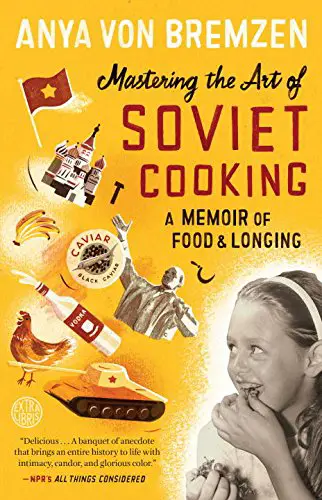 |
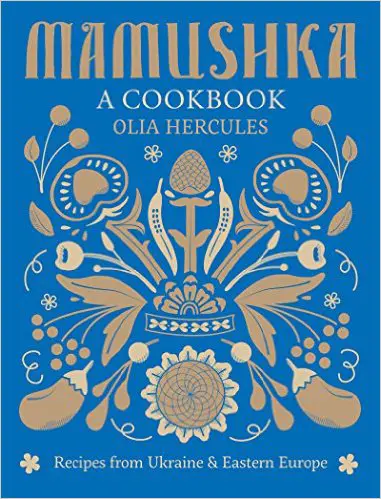 |
 |
 |
| Tорт «Птичье молоко» (ГОСТ) | Bird’s Milk Cake (Official Recipe) |
| Размер формы: длина формы 26 см, ширина 14,5 см, высота бортика 5 см.
Ингредиенты Коржи:
Суфле:
Глазурь:
Приготовление Этап 1.
Этап 2. Готовим коржи
Этап 3. Готовим суфле
Этап 4.
Этап 5.
Этап 6. Формовка торта
Этап 7. Глазурь
|
Pan size: 10 inches long, 6 inches wide, 2 inches tall
Ingredients Cake layers:
Soufflé:
Glaze:
Preparation Stage 1.
Stage 2. Make the Cake Layers
Stage 3. Make the soufflé
Stage 4.
Stage 5.
Stage 6. Assemble the cake
Stage 7. Glaze
|
Our Favorite Bird’s Milk Cake Videos
In this video, “Бабушка Эмма” (Grandma Emma) of the culinary site videoculinary.ru makes bird’s milk cake using gelatin. She gives a brief (and fond) historical introduction to the cake, and slow, clear instructions throughout. The background music adds to the video’s nostalgic feel. Her website features a version using agar-agar as well.
In this video, the very enthusiastic Vitali, creator of YouTube cooking channel “Покашеварим,” makes bird’s milk cake with agar-agar. He demonstrates how to boil the syrup to the right consistency without using a thermometer. His playful attitude makes the video fun to watch.
If you’d like to see more of Vitali, he devotes this video to an overview of the history of bird’s milk cake. He tells the story in detail, beginning with the origins of the name and the dessert’s roots in Wedel’s Polish candy.
“Вспомнить всё” (Remember Everything), a program by the Москва 24 (Moscow 24) news channel focusing on nostalgia, features a segment (beginning at 6:07) on bird’s milk cake. The segment includes fascinating information about the cake’s history, Soviet-era photographs including photos of Praga Restaurant, and personal memories of the cake and its incomparable taste. View it here.
You Might Also Like
Olga here turns her attention to the modern Russian circus, describing what it is like to attend a contemporary performance, from the atmosphere inside the circus building to the acts that still draw enthusiastic audiences today. Written in simplified, modern Russian, her account offers a firsthand glimpse into how a traditional cultural institution continues to […] Russians have typically gotten nearly three weeks off a year just for holidays. This has changed in recent years and especially since the start of the war in Ukraine, as Russia has pushed for greater effeciency in its economy. While the long New Year holidays remain, most others are now more modest, with often with […] I originally titled this piece “Ghosts of Holidays Past,” way back in 2006. It was an early project I completed for SRAS, written after just three years with the company. Looking back nearly twenty years later, I can see the youthfulness in my writing. While the boundless optimism of that period has been tempered by […] In Russian, New Year is the major celebration of the year. Picture it as Christmas, New Year, and the Fourth of July combined. There are presents, decorated trees, a mythical bearded gift-giver, fireworks, toasts, food, and the grand New Year countdown celebrated at midnight – all associated with this one holiday. Russians are even typically […] Russia and Central Asia offer what can seem to be a bewildering selection of dairy products in their transnational food cultures. An area of special note, and often one of the strangest to Westerners, is the seemingly never-ending assortment of fermented milk drinks and products in the gastronomic repertoire. To cut down on the brow-furrowing […]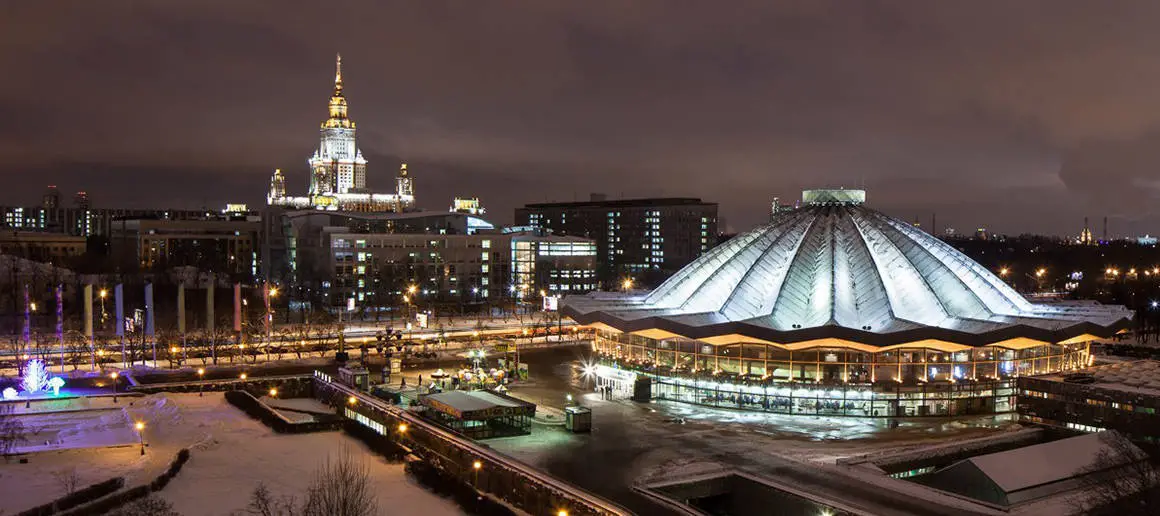
The Circus in Russia: Olga’s Blog
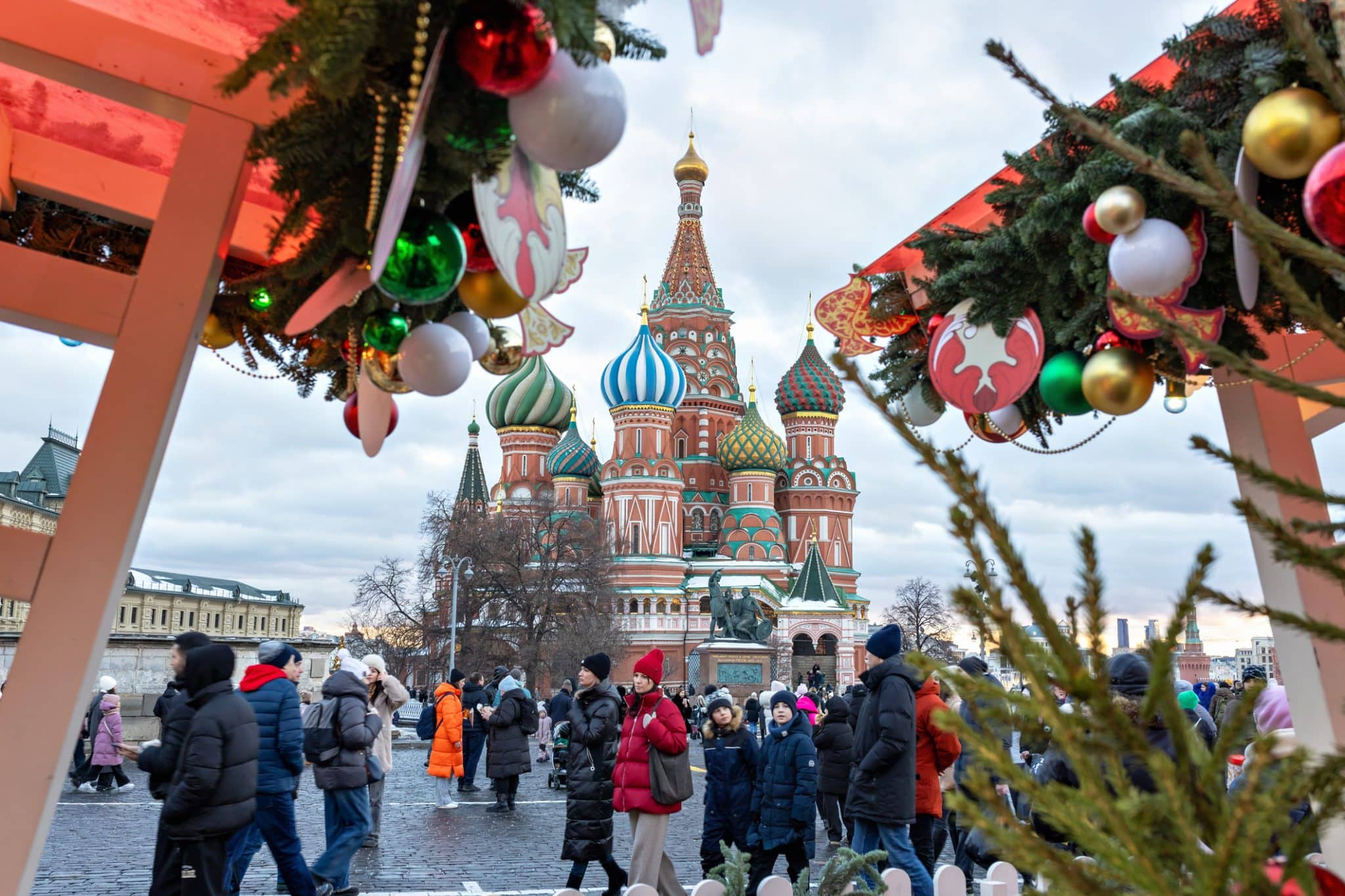
Russian Holidays 2026: A Complete Guide
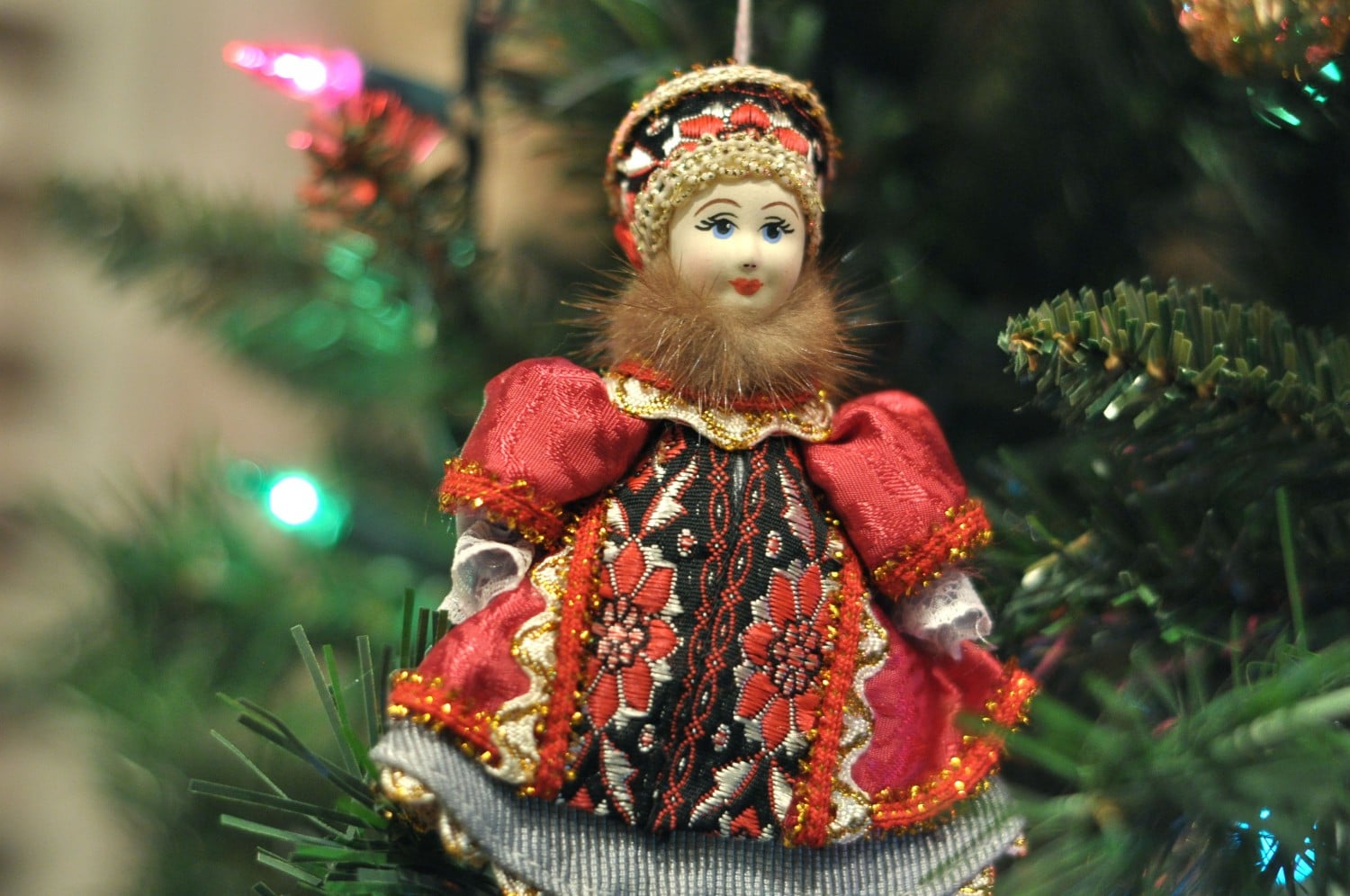
A History of Russian Holiday Ornaments

New Year Holiday Celebrations: Vocabulary and History
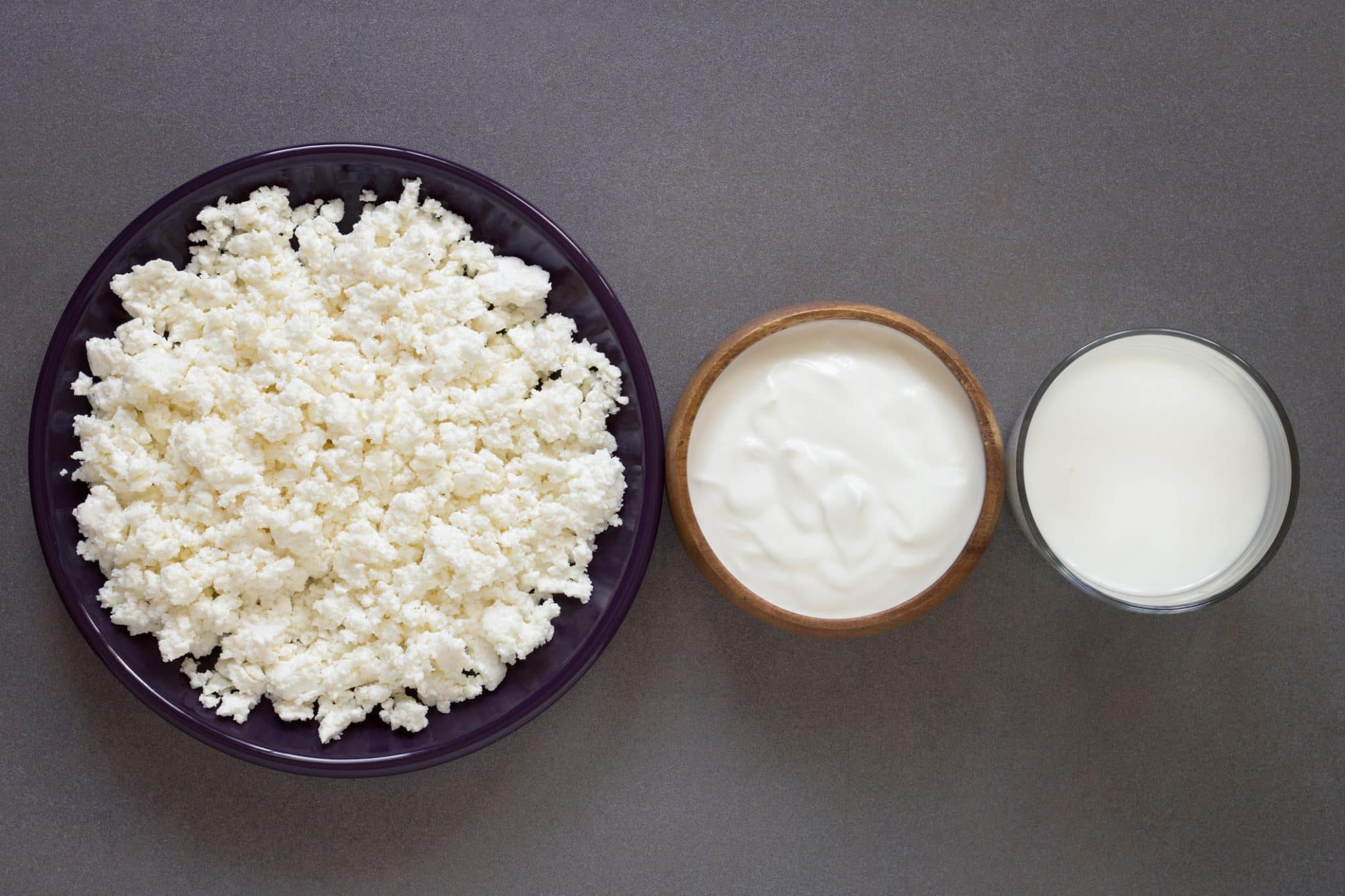
The SRAS Guide to Fermented Milk

